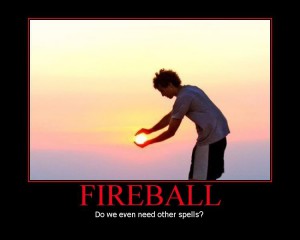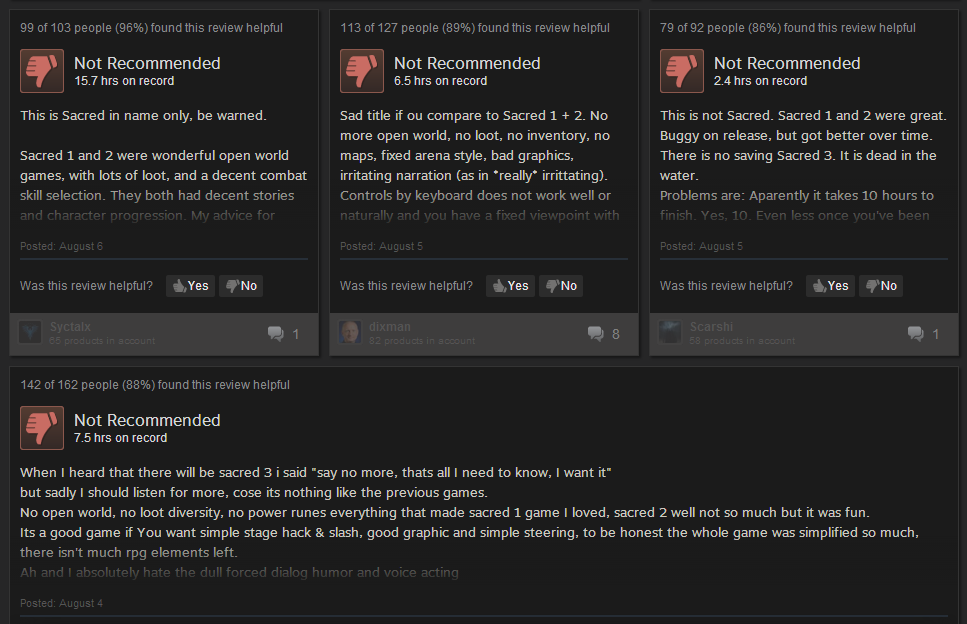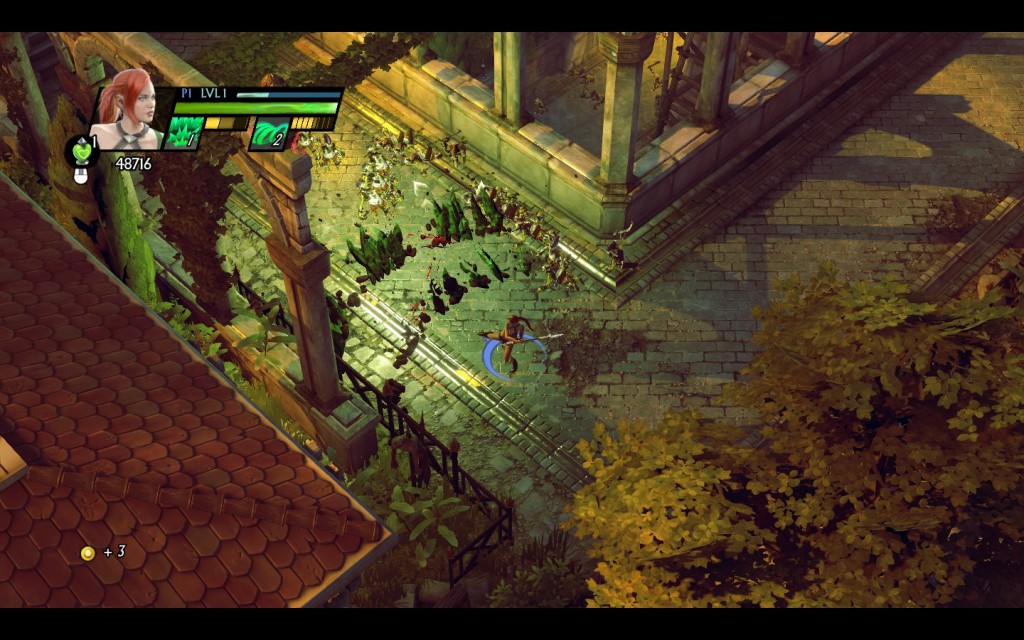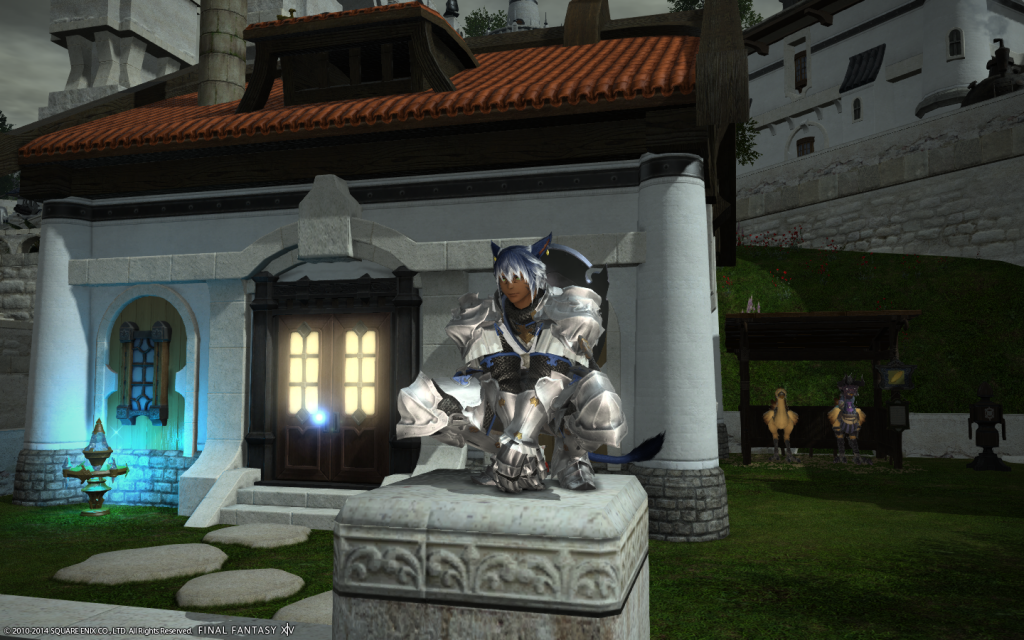Wrapping up a week of posts primarily about D&D, I think I’ll take another look at that evoker from earlier.
Actually a Bad Idea
Overchannel does let you use it on spells from 1st to 5th level, but there really are limits to this sort of thing. Using it on Cone Of Cold is nice for your first maximized spell of the day, but as the second it will do 10d12 damage to you. At level 14 on average rolls you would have 80 hit points as a wizard (Con 14 assumed, which might be generous), so this is 65 damage to yourself on average and has a roughly 10% chance of dropping you from full HP. Fireball isn’t quite so bad, but 39 damage is a rather high number to be doing to yourself. If cast in a 5th level spell slot (the highest number for which you have more than 1/day). This represents a ~25 damage increase over casting it normally per target that doesn’t save, so you’re technically doing more damage out than you’re taking if you can catch two or more targets. It’s still a bad idea except in the most desperate of circumstances. Don’t do this.
Maximizing Potential
A generally better idea is to maximize something big for the one you get for free, and spend the rest on something like Chromatic Orb. As a first level spell, you only take 2d12 damage (average 13) from overchannelling this. It does 7d8 damage in a 5th level spell slot (4 points less when maximized than Fireball), but only hits a single target, and uses an attack roll instead of a DEX save (which is better for hitting monks/rogues and worse for hitting heavily armored fighters/paladins). Burning Hands (7d6) or Thunderwave (6d8) are other first level spells worth considering for use with this feature if you are a bit too close to a few too many enemies.
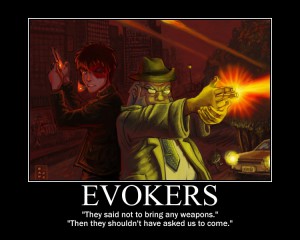
Since Concentration rules make CC in general worse than it used to be, I don’t think evoker is as much of a noob trap as Kodra makes it out to be. It just requires not overdoing it, and being aware that Fireball is not the only spell on your spell list.
For more posts about… everything, check out the Blaugust initiative. For a quick look at Divinity: Original Sin, check out Stargrace’s post from yesterday.

